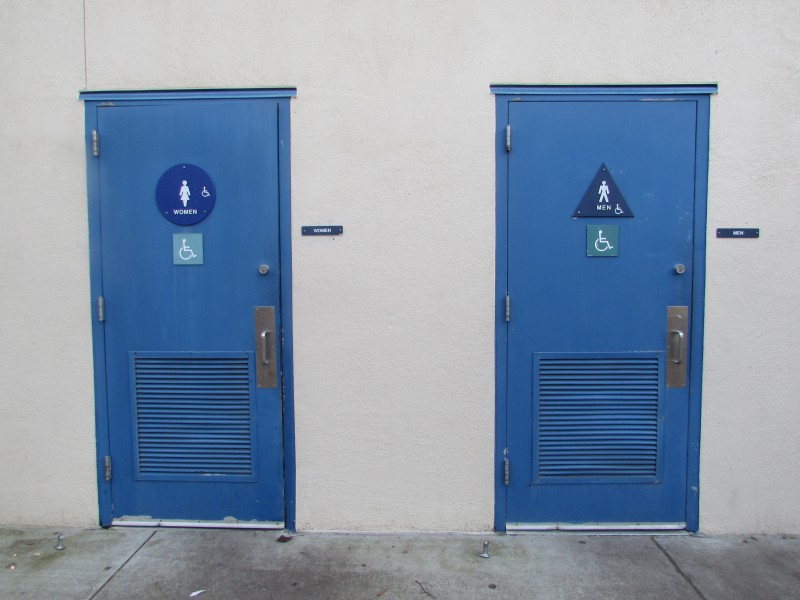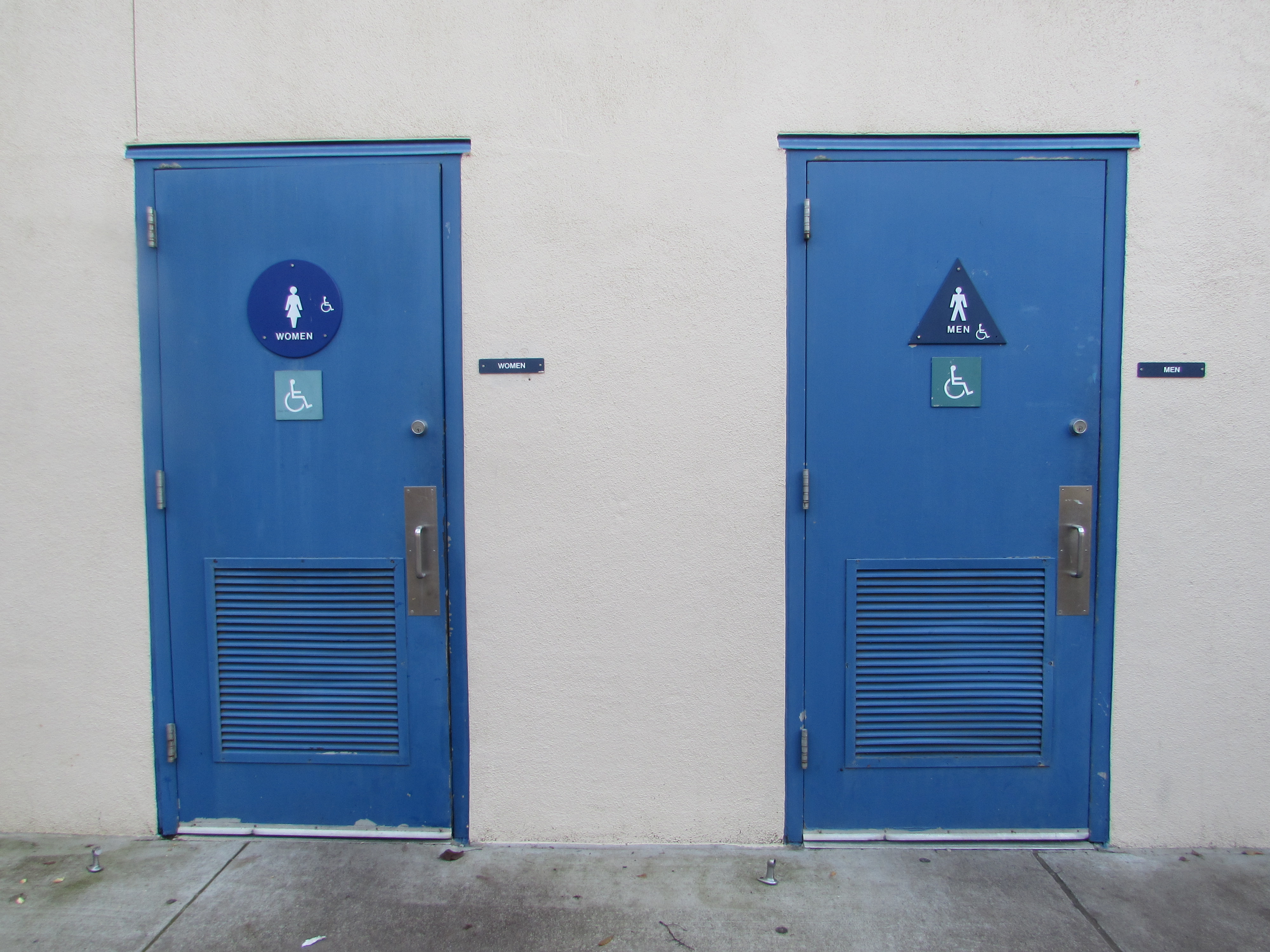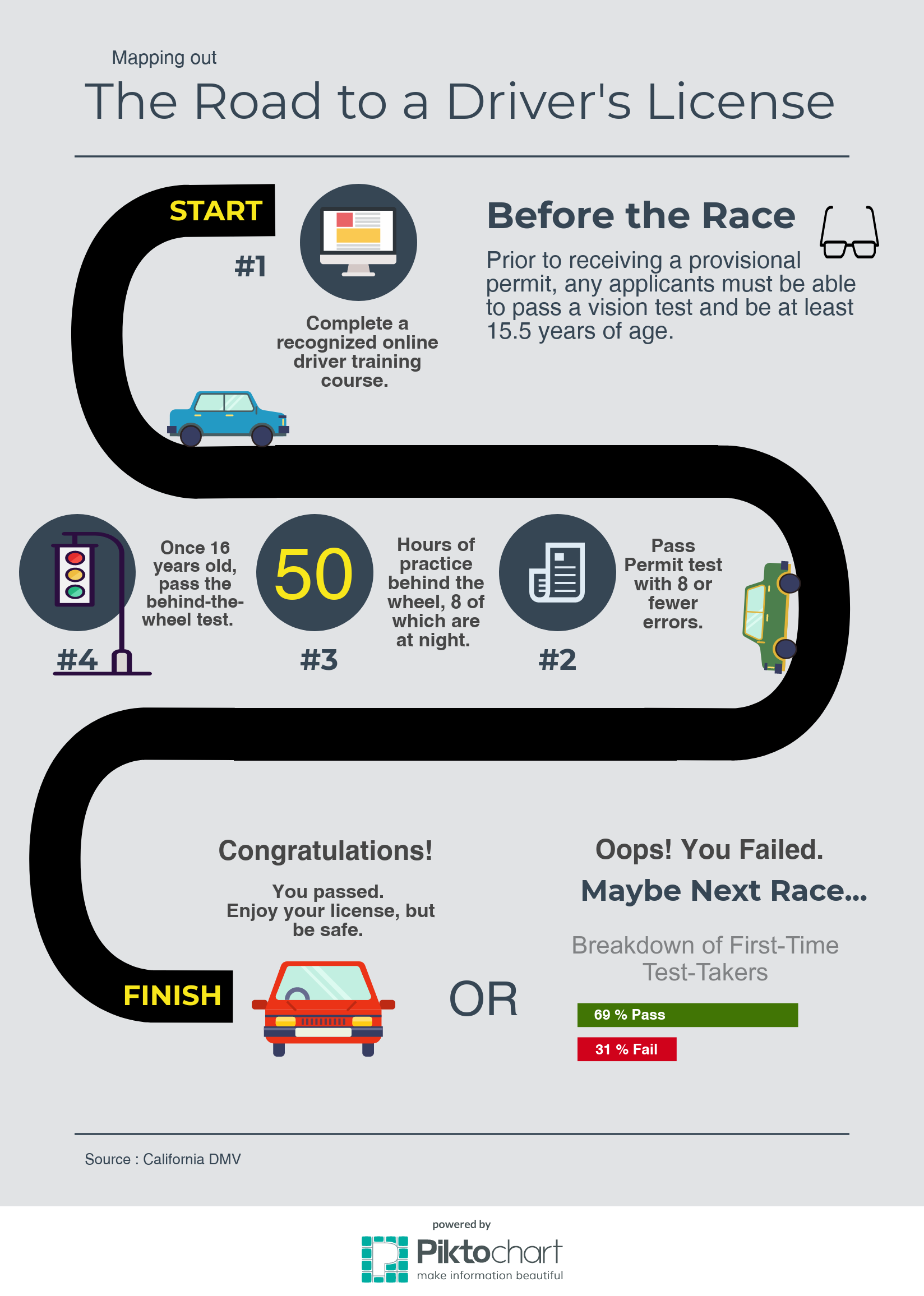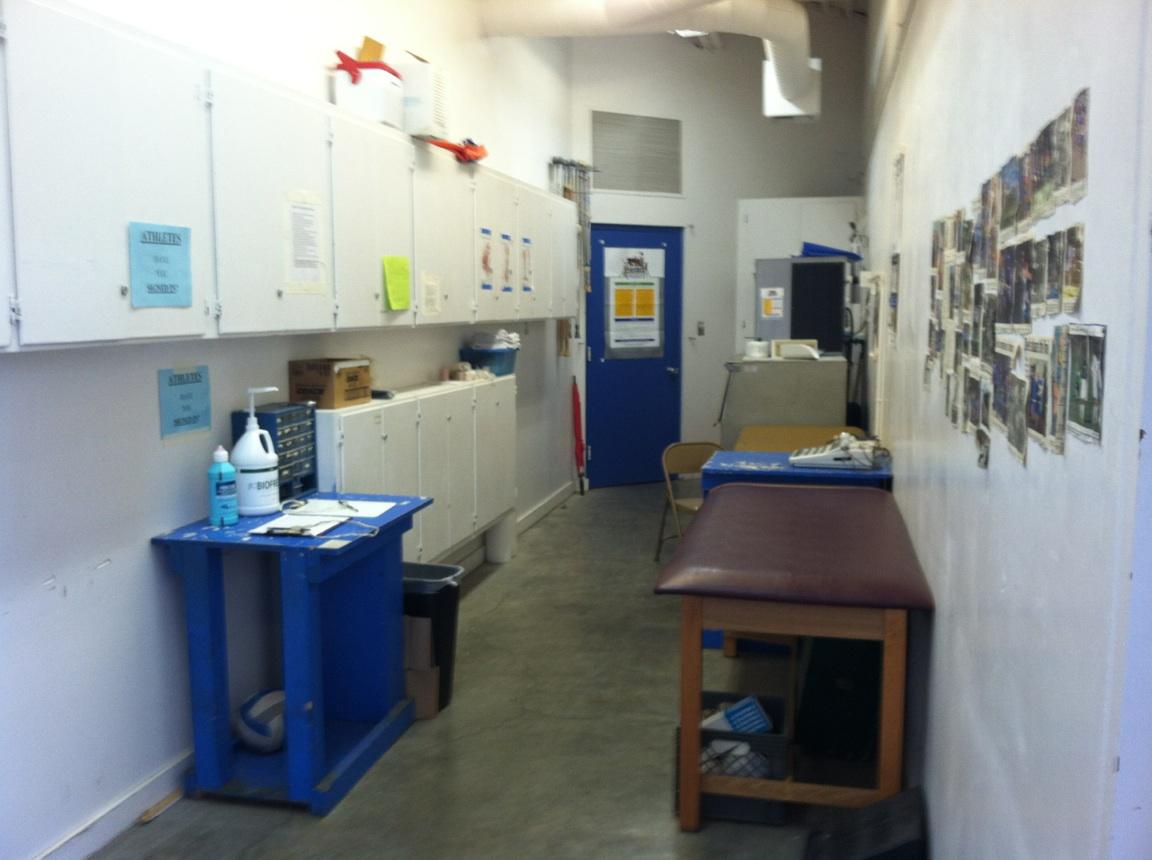LGBT WEEK: Transgender inclusivity at Davis High

By Ava Moon and Isabel Montesanto,
Bluedevilhub.com Staff–
Walk into a clothing store and the first thing you see are bright signs indicating men’s and women’s sections. Go to the locker rooms to change for practice and you’ll find them segregated the same way.
Standardized tests and forms have stark black and white check-boxes: -M/F- and public bathrooms come in sets: a figure in pants on one door and a figure in a dress on the other.
Thriving in a society organized around two genders is challenging for transgender individuals, and it is especially difficult for transgender students.
Junior Elliot Koltnow attends DaVinci and identifies as genderfluid, meaning that her gender flows between male and female. Her gender can change as frequently as daily, so she is comfortable with both he/him/his and she/her/hers pronouns.
Koltnow said that she “didn’t really come out,” but was outed by counselor to teachers without permission.
“I was not mad about it, just a little shocked. That’s not really supposed to happen but it was okay,” Koltnow said.
The high school community has been welcoming to Koltnow, and many people in her social circle are also trans, which makes things easier.
Tess Hietbrink, another trans student, came out publicly as agender (no gender) this school year. Hietbrink prefers they/them/theirs pronouns.
Hietbrink said that Davis High and DaVinci have been accepting as a whole, but that their peers are not as educated as they would prefer.
“I feel the greatest challenge I’ve faced as a trans student is just the lack of education about trans and non-binary rights, and a lack of knowledge of what being trans is in the first place,” Hietbrink said. “It’s not fun whenever you meet someone or are put into a new group that you have to explain everything again to feel validated.”
Another student, Noa Mills, identifies as elisso nonbinary–a term referring to a gender that “meanders”–and goes by the pronouns ze/zir/zirs.
Mills came out this past summer. At the time, ze was attending a camp called “Girls Who Code.”
“It was awkward because you’re at a place where everybody is a girl and talking about being a girl, and I wasn’t a girl,” Mills said.
At DaVinci, Mills said that zir teachers have been very inclusive, and that a teacher apologized after misgendering zir in class. At DHS, however, Mills has not discussed zir pronouns with teachers despite insisting on zir chosen name. “I don’t push anything,” Mills said.
According to the Transgender Law and Policy Institute, somewhere between two and five percent of the United States population is transgender. Koltnow, Hietbrink and Mills are only three of thousands.
For schools like DHS, the challenge is in finding how to accommodate them.
Bathrooms are one of the main issues. For transgender individuals or people who feel uncomfortable identifying as male or female, the choice of restrooms sometimes leaves them with no options.
“Many folks who cannot comfortably use either gendered restroom wind up holding their urine rather than face the discomfort and possible danger of bathroom harassment,” Jezzie Zimbardo, community counselor for the Lesbian, Gay, Bisexual, Transgender, Queer, Intersex and Asexual (LGBTQIA) Resource Center at UC Davis.
Indeed, Mills said that ze simply avoids using the bathroom at school. Koltnow and Hietbrink both use their assigned bathrooms, but while Koltnow is comfortable in the male bathroom, Hietbrink would prefer another option.
The Gay-Straight Alliance is trying to create just that.
Utsav Bhargava, the GSA vice-president, is in charge of the GSA committee for gender-neutral bathrooms.
“To provide [a comfortable learning environment] for all students, restrooms must exist that can be used by anyone regardless of gender identity,” Bhargava said.
The law is on the club’s side. California Assembly Bill 1266, enacted this year, requires that all students be able to “use facilities consistent with his or her gender identity, irrespective of the gender listed on the pupil’s records.”
For individuals who feel uncomfortable in male or female restrooms or identify as neither male nor female, these facilities include gender-neutral bathrooms.
The club has consulted with school climate coordinator Kate Snow and, at Snow’s suggestion, plans to meet with administration before going to the school board.
According to GSA president Kelly Evans, the club’s proposed plan is to convert at least one set of gendered bathrooms into gender neutral bathrooms by putting in stalls or removing the urinals and changing the bathrooms signs to indicate gender neutrality.
Although the issue of bathrooms will ultimately fall to administrative hands, there are still things that students can do to be more inclusive.
“Try and get yourself educated. Research what being trans and nonbinary is,” Hietbrink advised. “Try to erase the idea of binary genders, as there is a wide spectrum of genders, compared to just two.”
Koltnow stressed the importance of asking for people’s preferred pronouns. “The most important thing if you don’t understand things like this: don’t make assumptions,”
Mills also emphasized the importance of asking rather than assuming.
“Binary systems are great for computers, but not for genders,” Mills said. “Just because you fit that kind of label doesn’t mean everybody does.”




